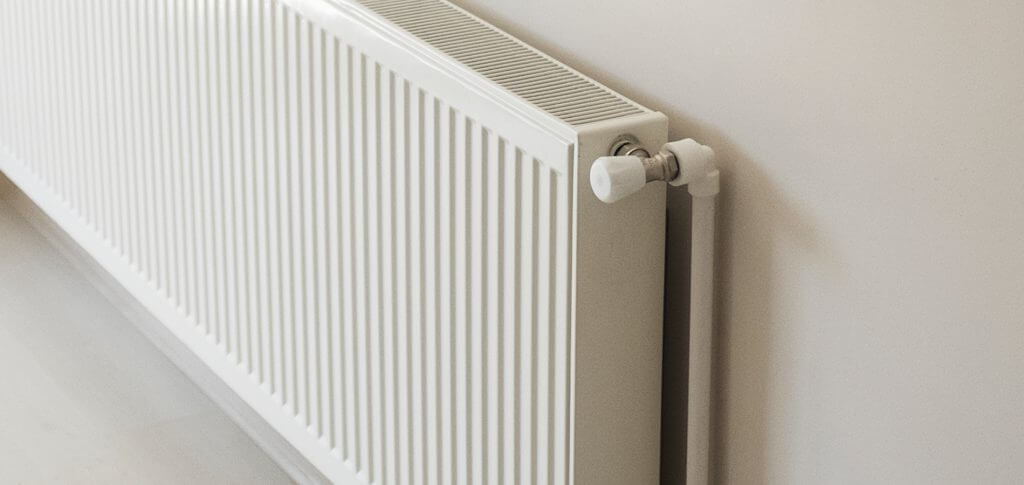
How To Power Flush A Radiator
Posted on 22nd January 2024 by admin.adtrak
The process of power flushing your radiator might sound daunting, but with a bit of know-how and some elbow grease, you can rejuvenate your heating system, ensuring it runs smoothly and efficiently. Read on to start your journey to a warmer, more efficient home.
Disclaimer
Before we jump in, it’s important to note that this article is for informational purposes only. If you’re unsure about any steps or require professional assistance, don’t hesitate to reach out to the experts at H2 Property Services. We have a wealth of experience in all things plumbing and heating and are always ready to help.
Benefits of Power Flushing
- Improves efficiency
Over time, your radiator can accumulate sludge and debris, leading to blockages. Power flushing cleans out this buildup, allowing your radiator to operate at its best.
- Extends your radiator’s lifespan
Regular maintenance, including power flushing, can significantly prolong the life of your heating system. It’s a proactive step to avoid costly replacements down the line.
- Provides even heat distribution
After a power flush, you’ll notice that heat spreads more uniformly across your radiators. This eliminates cold spots.
7 Steps to Power Flush a Radiator
- Set up the power flusher: Set up the power flushing machine by connecting it to the radiator.
- Add chemical cleaner: Add a central heating cleaning chemical to break down sludge and debris.
- Activate the power flush: Turn on the machine. It will circulate the cleaner throughout the system, dislodging any buildup.
- Drain the system: Drain the dirty water and flush the system with clean water until it runs clear.
- Add corrosion inhibitor: Once the power flushing is complete, add a corrosion inhibitor. This helps protect your radiators from rust and further accumulation.
- Reassemble: Reassemble the radiator conncections, turn on the heating system, and check for normal operation and leaks.
- Balance the system: Finally, turn your heating back on. Check each radiator to ensure they’re heating up evenly.
Remember, while DIY can be rewarding, it’s always best to consult with professionals for tasks like power flushing. If you’re not comfortable doing it yourself, or if you encounter any issues, the team at H2 Property Services is just a call away. Our plumbers are equipped with the right tools to ensure your heating system runs optimally.
Contact us for advice or assistance.
← Is My Leak Covered By Insurance | EICR: Essential for Landlords →